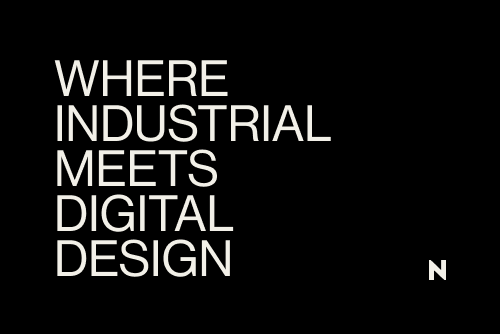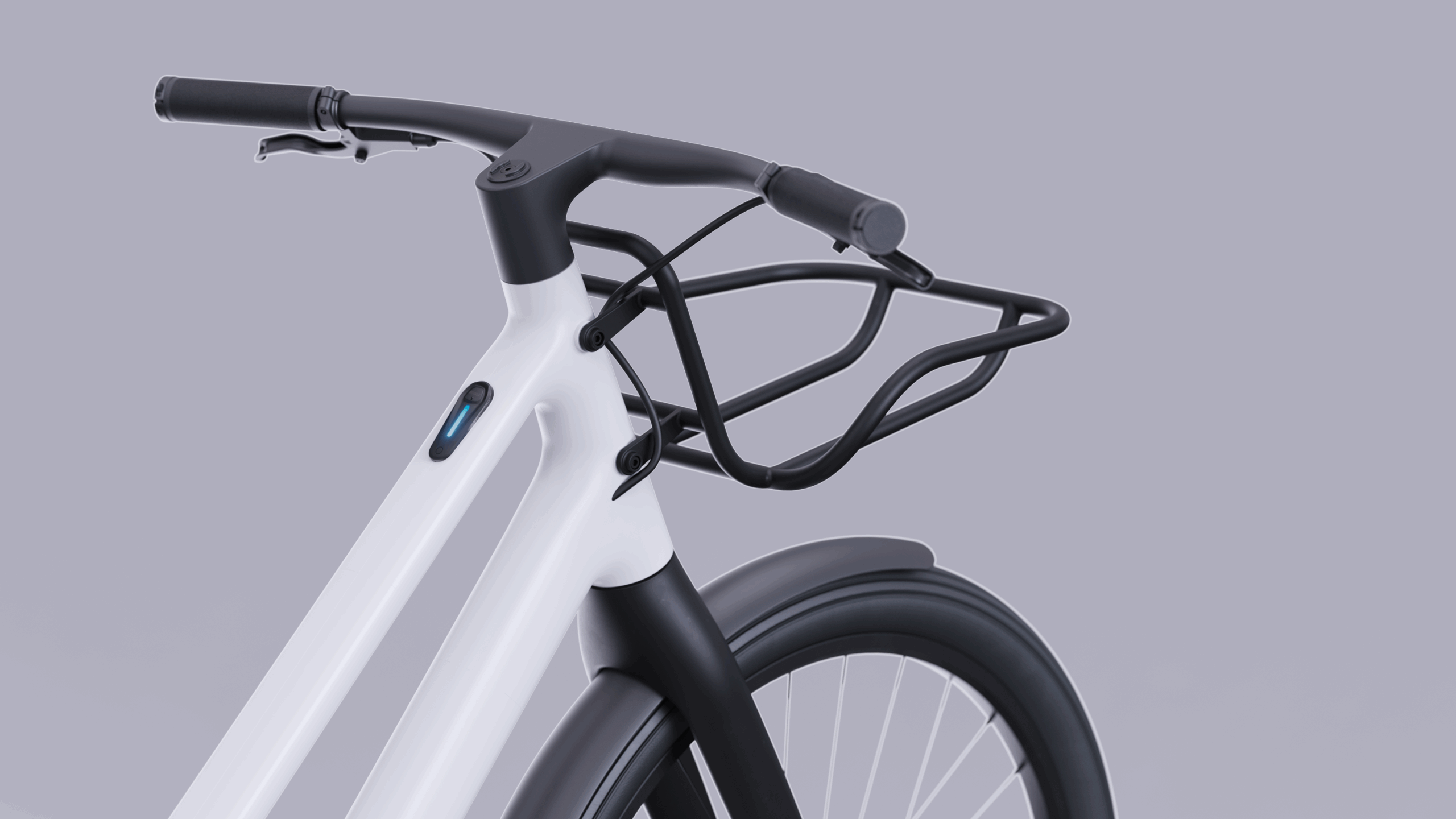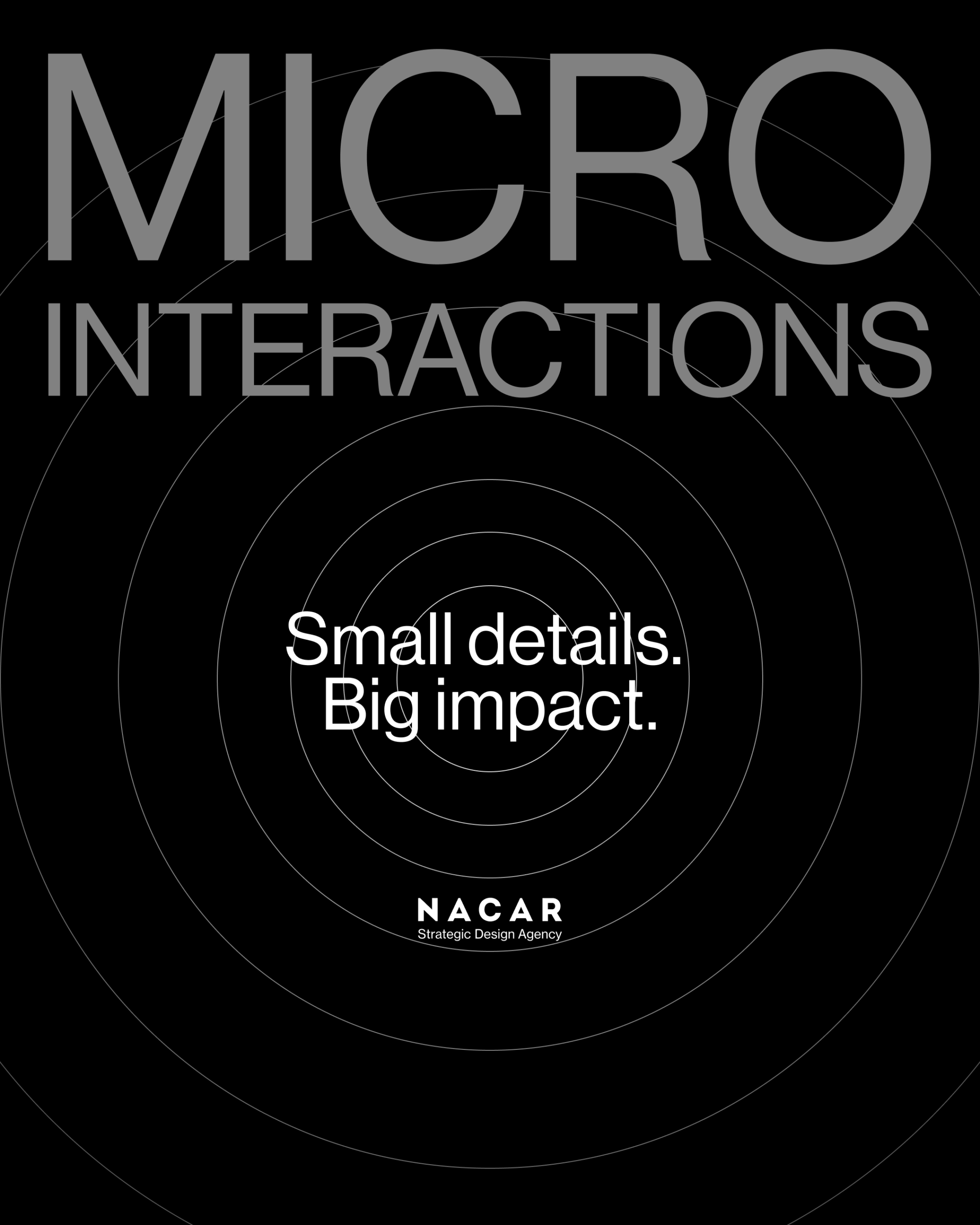
Accessible web design: More than a trend, a necessity
- Nacar Design Team
Today, website design must not only be visually appealing but also functional and accessible to all users. Accessibility is not a luxury or an optional feature but rather an essential aspect that ensures everyone, regardless of their abilities, can navigate and use online services without barriers. Learn about the importance and benefits of web accessibility in this article from NacarDesign.
What is web accessibility and why is it important?
Web accessibility refers to the practice of designing and developing websites that can be used by individuals with disabilities, including visual, auditory, motor, or cognitive impairments. This involves meeting certain standards and best practices to facilitate navigation and interaction with digital content. Statistics show that more than 15% of the world's population has some form of disability. Ignoring this fact not only limits a website's potential audience but can also lead to legal issues, as many countries have regulations requiring compliance with accessibility standards in digital platforms.

Key principles of accessible design
To achieve better web design that is truly inclusive, it is essential to follow the principles outlined in the Web Content Accessibility Guidelines (WCAG). These principles include:
Perceivability: Users must be able to perceive the presented information regardless of their sensory limitations. This includes providing text alternatives for images, using high-contrast colors, and allowing font and size customization.
Operability: A website should be navigable using various devices and input methods, such as keyboards, touchscreens, and screen readers. It is also advisable to avoid elements that cause excessive movement or complex interactions.
Understandability: Information and design should be clear and easy to comprehend. Simple language, clear instructions, and an intuitive layout are key to improving the user experience.
Robustness: Content should be compatible with different browsers, devices, and assistive technologies, ensuring accessibility across various platforms.
Benefits of an accessible website
Beyond legal compliance, accessibility offers multiple advantages for both users and businesses or organizations that implement it:
Expanded Reach: An accessible website can reach a broader audience, including people with disabilities and older adults.
Better Search Engine Ranking: Many accessibility practices, such as proper use of tags and alternative text, also contribute to improved search engine optimization (SEO).
Enhanced User Experience: Accessibility promotes a clearer and more structured design, benefiting all site visitors.
Legal Compliance: Adhering to accessibility regulations helps avoid potential legal penalties and enhances brand reputation.

Strategies to improve accessibility
To ensure a truly inclusive website design, it is essential to implement certain strategies:
Use of Semantic Tags: Properly implementing HTML tags like -header-, -nav-, and -article- helps screen readers interpret the site structure more effectively.
Keyboard Compatibility: Ensuring all functions are accessible via keyboard is crucial for users with mobility impairments.
Alternative Text for Images: Providing image descriptions allows visually impaired users to understand the content.
Subtitles and Transcriptions: Adding subtitles to videos and transcriptions for audio content improves accessibility for users with hearing impairments.
Adequate Contrast: Ensuring a proper contrast ratio between text and background enhances readability for users with low vision.
Conclusion
Accessibility is no longer just a trend but rather an essential standard in digital development. Implementing accessible web design not only benefits people with disabilities but also enhances the overall user experience and strengthens the online presence of any business or entity. Ensuring that a website is inclusive and functional for all is a commitment to equity and innovation. Investing in accessibility ultimately means investing in better web design.


Moulded thermoplastic composites; lightweight and recyclable. The BCPR project.
